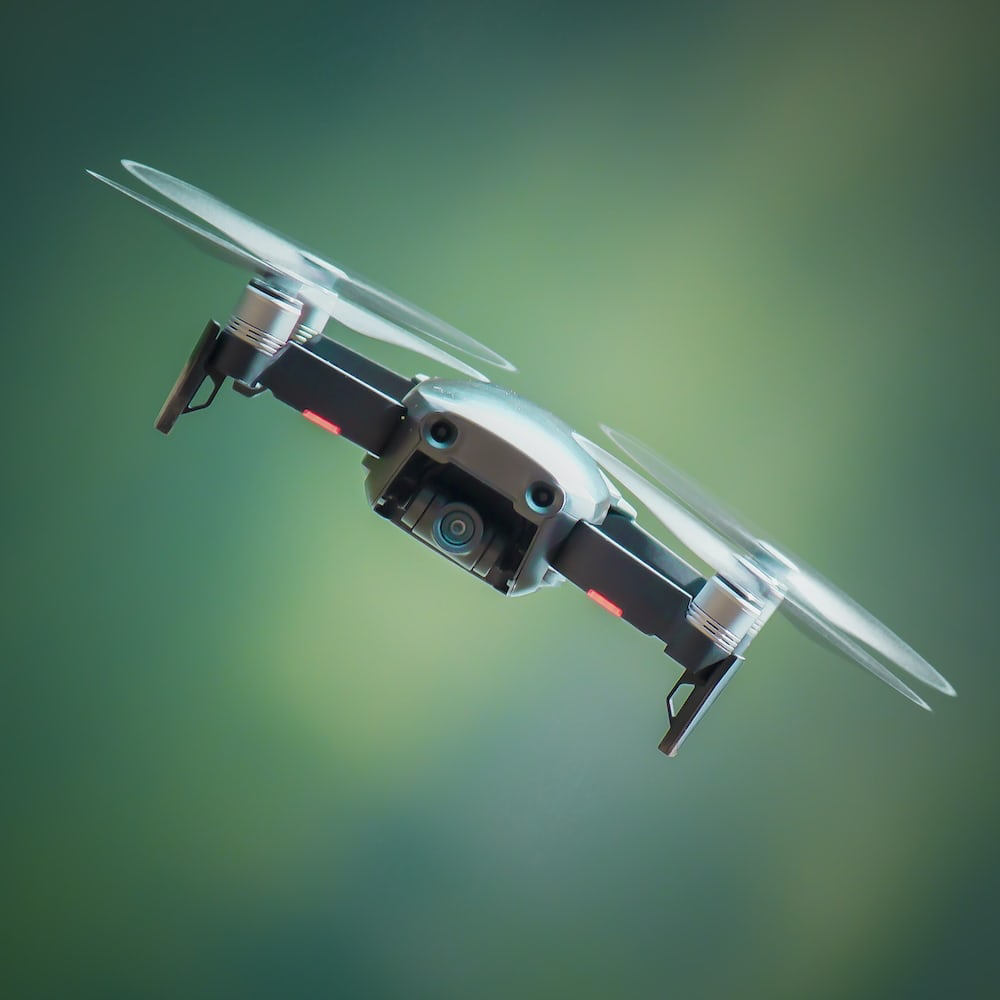Drone Technology
Drone technology has emerged as a game-changer in various industries, ranging from agriculture to military. Drones, also known as Unmanned Aerial Vehicles (UAVs), are remote-controlled devices that can fly autonomously and perform various tasks. The popularity of drones has increased significantly in recent years, thanks to their versatility, affordability, and ease of use. In this blog post, we will discuss drone technology in detail, including its history, types, applications, and future prospects.
History of Drone Technology
The concept of drone technology dates back to the early 20th century, when the first pilotless aircraft was developed in 1916 by the U.S. Navy. However, it was not until the 1990s that drones started to gain popularity, mainly in the military. The first modern drone was developed in Israel in the early 1980s, which was primarily used for surveillance and reconnaissance purposes. The drone, known as the Tadiran Mastiff, was later developed into the IAI Heron, which is still in use by the Israeli military.
Types of Drones
Drones can be classified into various types based on their size, shape, and purpose. Here are some of the most common types of drones:
Mini Drones: Mini drones are small and lightweight drones that can fit in the palm of your hand. They are ideal for indoor flying and can be used for recreational purposes.
Quadcopters: Quadcopters are drones that have four rotors and are very stable in flight. They are used for aerial photography, surveillance, and mapping.
Fixed-Wing Drones: Fixed-wing drones are similar to traditional airplanes and can fly long distances. They are commonly used for surveying, mapping, and agricultural purposes.
Hybrid Drones: Hybrid drones combine the features of fixed-wing and multi-rotor drones. They can take off and land vertically like a multi-rotor drone and fly long distances like a fixed-wing drone.
Applications of Drone Technology
Drones have numerous applications in various industries, including:
Agriculture: Drones can be used for crop monitoring, spraying pesticides, and mapping. They can provide farmers with real-time data about their crops, which can help them make informed decisions.
Construction: Drones can be used for site surveys, inspections, and monitoring construction progress.
They can provide high-resolution images and videos of the site, which can help in planning and decision-making.Energy: Drones can be used for inspecting wind turbines, solar panels, and power lines. They can provide high-resolution images and videos of the equipment, which can help in detecting defects and maintenance planning.
Emergency Services: Drones can be used for search and rescue missions, firefighting, and disaster response. They can provide real-time images and videos of the affected area, which can help in decision-making.
Future of Drone Technology
The future of drone technology looks promising, with many advancements being made in the field. Here are some of the future prospects of drone technology:
Autonomous Drones: Autonomous drones are drones that can fly and perform tasks without human intervention. They can be programmed to fly specific routes, take images, and perform various tasks.
Artificial Intelligence: Drones can be equipped with artificial intelligence, which can help in detecting defects, monitoring equipment, and making decisions.
Delivery Services: Drones can be used for delivering goods and packages to remote areas. Companies like Amazon and UPS are already testing drone delivery services.
Passenger Drones: Passenger drones are drones that can carry passengers. They are still in the experimental phase, but many companies are working on developing passenger drones.





Comments
Post a Comment